|| MDHNE Certification Training
The goal of the MDHNE (Master Diploma in Hardware and Network Engineering) Course is to give students a thorough understanding of the complexities of networking and mobile device hardware while preparing them for high-demand placement opportunities in the IT sector. This course teaches students about the design, parts, and operation of portable electronics like tablets and smartphones. They cover a wide range of subjects, including mobile hardware assembly, diagnostics, repair methods, and troubleshooting, ensuring they are job-ready for technical and support roles.
A Master Diploma in Hardware & Networking Engineering, combined with courses in CCNA, AWS, cybersecurity, and ethical hacking, provides a comprehensive and advanced education in information technology and network management, increasing students’ employability and placement potential. This diploma equips students with in-depth knowledge of hardware components, network infrastructure, and system integration, ensuring they are proficient in designing, implementing, and maintaining complex networks. The CCNA certification adds significant value by validating skills in network fundamentals, IP connectivity, and security, which are highly preferred by top recruiters and IT companies.
AWS courses enhance career prospects by teaching cloud computing skills, allowing students to design, deploy, and manage applications on cloud platforms — a critical skill for cloud infrastructure and DevOps roles. Cybersecurity and Ethical Hacking modules further boost placement readiness by training students in identifying vulnerabilities, defending networks, and ensuring data protection — skills in high demand for cybersecurity analyst and network security engineer roles. Together, these modules create multi-skilled professionals ready for placement in top IT firms and enterprises.
Additionally, the MDHNE course includes mobile networking principles, such as data networks, security protocols, and wireless communications. Through hands-on lab practice and industry simulations, students gain real-world experience in device configuration, network connectivity, and mobile security. Graduates of this program are well-prepared for placement in roles such as Network Engineer, Hardware Support Specialist, Mobile Device Technician, Cloud Administrator, or IT Security Associate, ensuring a successful start to their professional careers.
Please contact the nearest BIT training institute or send an email to inquiry@bitbaroda.com with any additional questions you may have regarding our MDHNE training course. We offer a free demo by calling us at +91-9328994901. We offer top-notch MDHNE classes in Vadodara-Sayajigunj, Vadodara - Waghodia Road, Vadodara - Manjalpur, Ahmedabad, Anand, and Nadiad.







 4.8 (21,636) reviews
4.8 (21,636) reviews


 Read more
Read more 
